Scouting for Girls
The issue of gender in Scouts is interesting. At different points in Scouts’ history, it has led to barriers to participation being both introduced and removed.
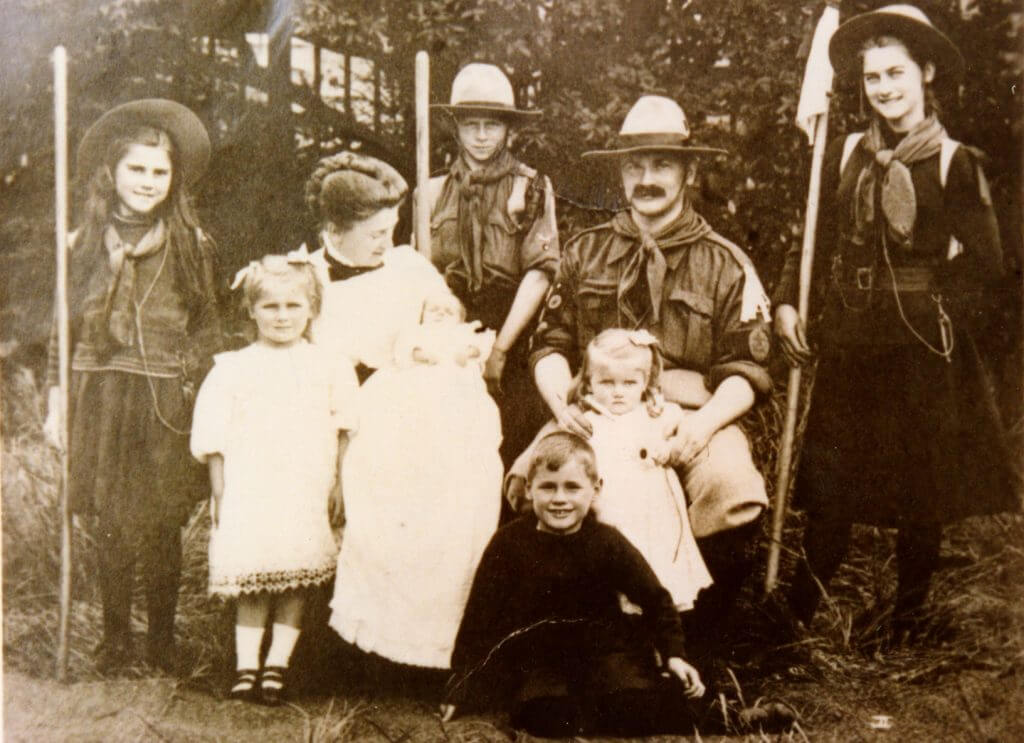
Girl Scouts
Following the publication of Scouting for Boys in January 1908, girls were actively engaging in Scouts, as they had been just as inspired by the ideas in the book. Troops and patrols of Girl Scouts were encouraged by Robert Baden-Powell.
Baden-Powell said: ‘I think girls can get just as much healthy fun and as much value out of scouting as boys can. Some who have taken it up have proved themselves good souls in a very short time. As to pluck, women and girls can be just as brave as men and have over and over again proved it in times of danger. But, for some reason it is not expected of them and, consequentially, it's seldom made part of their education, although it ought to be; for courage is not always born in people, but can generally be made by instruction.’
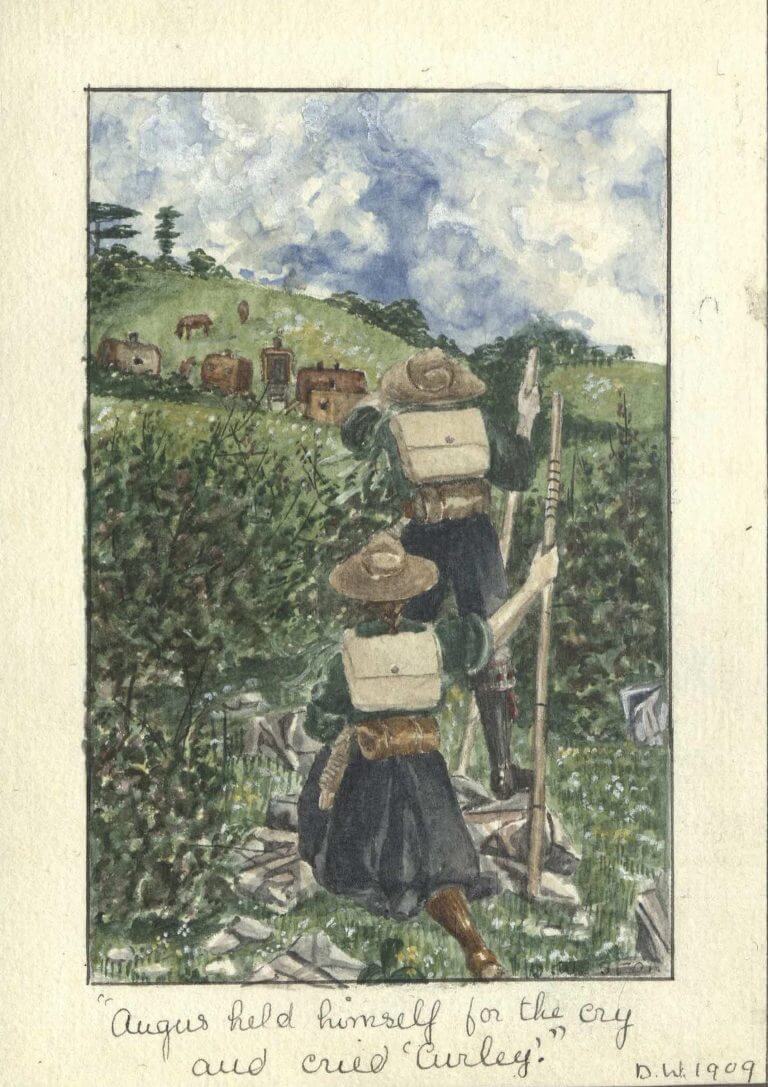
One group of Girl Scouts, only known to us as ‘Kangaroo Patrol’, were so inspired by this quote that they copied it out at the beginning of their patrol magazine in May 1909.
Their magazine was full of adventure stories, with Scouts preventing robberies and kidnappings. It also showed girls and boys in Scouts together.
During 1909, various announcements were made by HQ recognising that there were over 6,000 girls registered with Scouts and that a separate scheme was being developed for Girl Scouts.
In September 1909, a Scout Rally was held at Crystal Palace with both girls and boys attending. This is sometimes cited as the origins of Girl Guiding. However, plans were already well underway for their launch the following year and had been announced in the August 1909 Headquarters Gazette.
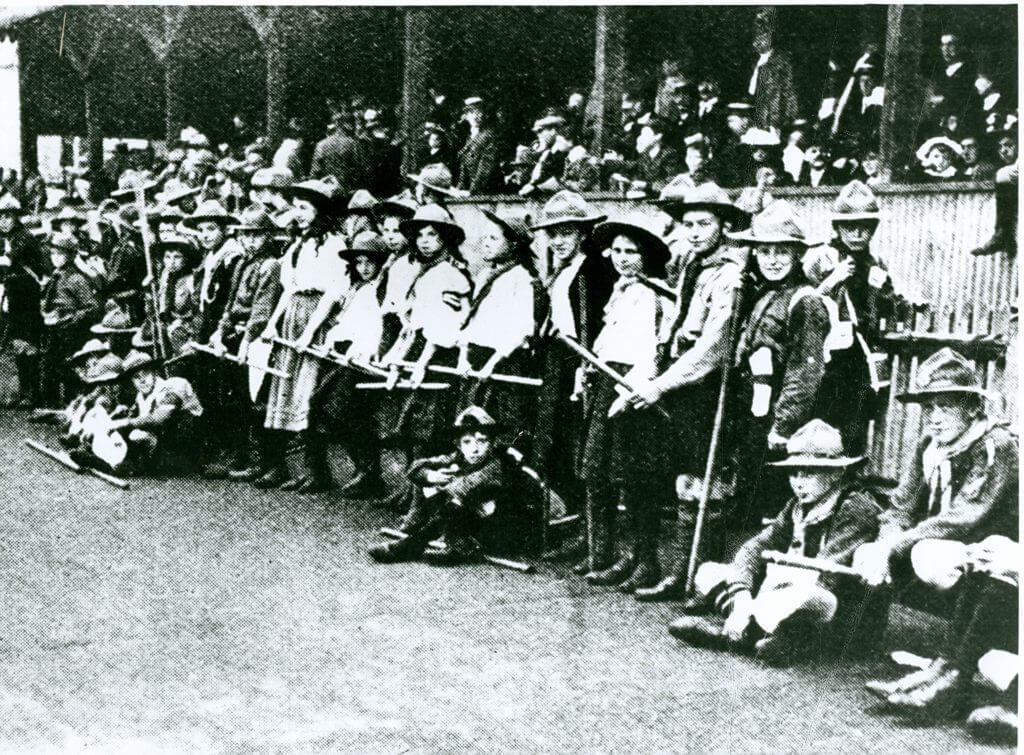
Scouts in the UK remained a boys only youth organisation for the next 66 years. In 1976, girls were allowed to join a youth section the first time since 1910. The Venture Scout section, now known as Explorers, for 15-20 year olds became co-educational.
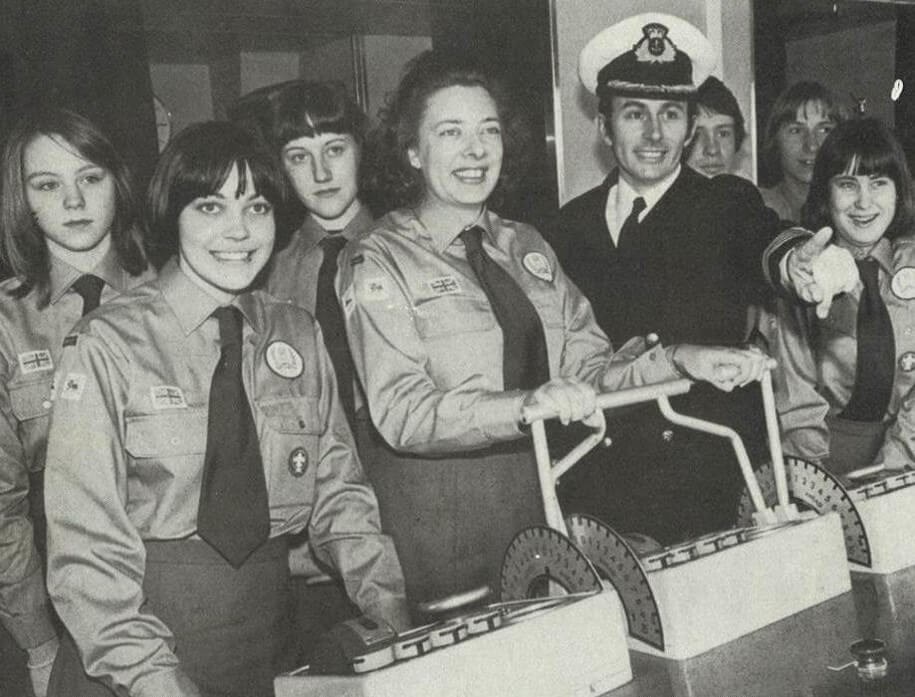
In 1992, the remaining youth sections also opened their doors to girls. At this stage, groups who wished to remain single sex could opt out. On 1 January 2007, it became compulsory for all groups to make sure provisions were in place to accept girls into all sections.
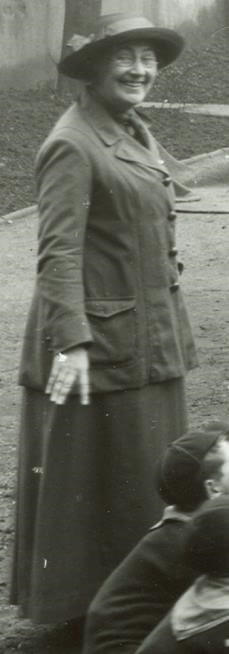
Women in Scouting
Women have been involved in Scouting from the very beginning. The first women to receive their Scout leader warrants were Miss Wade of Henfield, West Sussex who started the 1st Henfield Scout Group (still active today) and Mrs Scott Malden then Headteacher of Windlesham School, West Sussex both women are listed as certified Scoutmasters, 16 March 1909.
The most famous of these early female leaders is Vera Barclay who went on to be the co-founder of the Cubs section. These women were Scouting pioneers just as much as their male counterparts, but had the additional challenge of overcoming the social prejudice of the time regarding appropriate activities for women and whether they could lead a group of boys.
An article entitled 'Lady Scoutmasters', by Olave Baden-Powell, October 1913, reflected the number of women taking up Scouting: 'The experiment of ladies being Scoutmasters has through the good and earnest work of those carrying it out proved itself successful; it only remains for it now to become a more widespread practice among young women keen to do something for their country.'
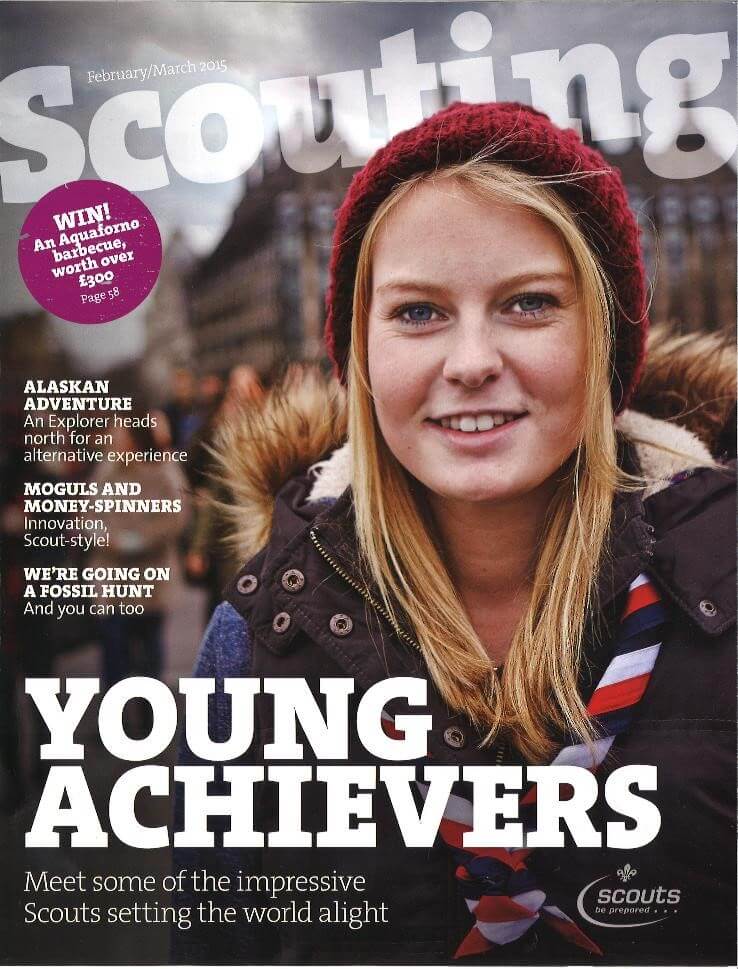
As with so many areas of life, war drove innovation and social change. Throughout the First World War, due to the lack of male leaders, but also in recognition of women’s already considerable contributions, there were continuous calls for more women to engage in Scouts. By 1918, 65% of Cub leaders were women.
Throughout the years, women have continued to play an important role in Scouts. Two of these women, Dorothy Hughes and Betty ‘Rikki’ Melville Smith, are remembered at Gilwell Park.
The Dorothy Hughes Pack Holiday Centre and Rikki’s Store are named in their honour. Their legacy continues, as the first ever UK Youth Commissioner, appointed in 2014, was Hannah Kentish. As of 2017, 43% of the adult volunteer team in the UK identify as female.